

The
Forensics of Serial Murder in the Belle Epoch (1870 - 1914) Part 1
Serial Necrophilia
Much of the groundwork for understanding the psychopathology of serial killers and the terminology of various paraphilias that serial killers often base their homicidal fantasies on, and techniques in investigating serial homicides, were developed between 1850 and 1900 with the rise of modern psychiatry and criminology. The priests and witch-hunters of the previous centuries who brought serial killing "werewolves" to trial and issued expert opinions on their crimes, as described in Sons of Cain, were gradually replaced in the 19th century by psychiatrists ("alienists") and policemen.
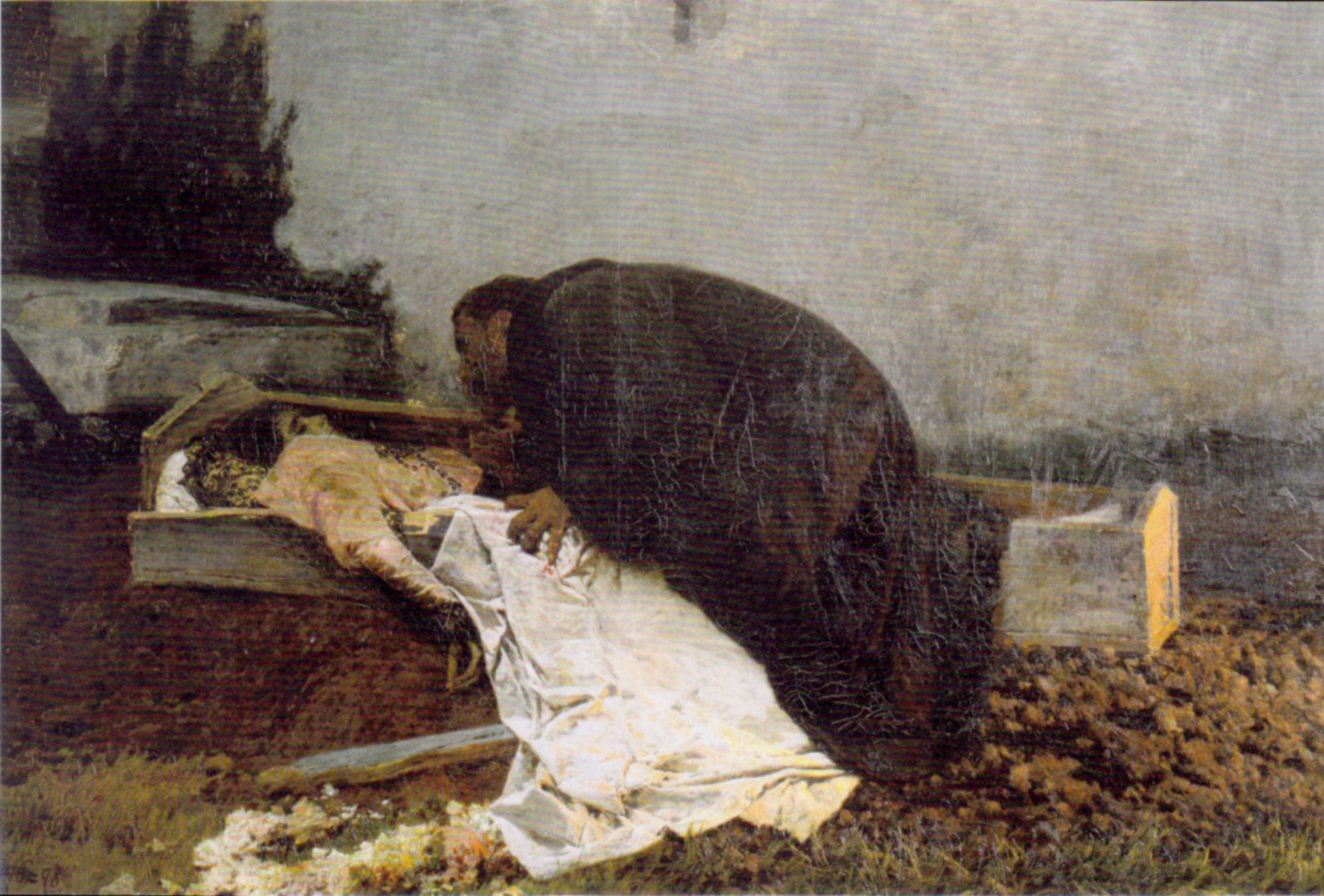
(Above) Between July 1848 and March 1849, cemeteries in Paris were plagued by fifteen nocturnal disinterments of both female and male corpses, with the females subjected to gross mutilation and, allegedly, necrophagia (eating of decayed corpse flesh) and varied other paraphilic sexual acts.
As frequently seen with victims of lust serial killers, the female corpses were cut open, or “ripped,” longitudinally along the torso and abdomen and their intestines extracted. Sometimes the heart and liver had been removed. The perpetrator sadistically 'love bit' and 'cuddle chewed' on some of the moldy cadavers as he was having sex with them.
The French and British press dubbed the unknown necrophile as the “Vampire of Montparnasse.”
Illustration: Pietro Pajetta - The Hate - 1896.
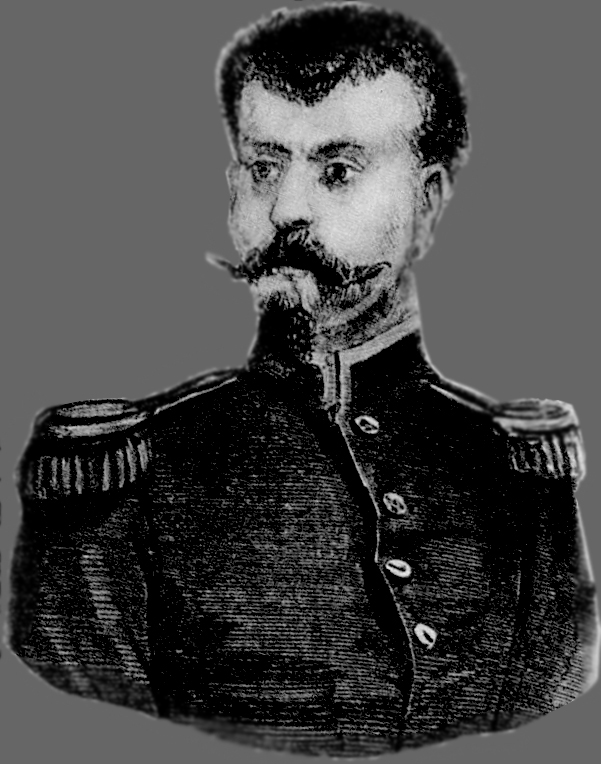
(Above) Eventually François Bertrand, a thirty-six year-old French army sergeant, was arrested. At his military court-martial, the gallery was filled with journalists, forensic practitioners, psychiatrists and other academics from around the world.
Criminology in the 1850s was drifting toward the physiognomic school, which held that physical congenital defects identified a criminal as primitively savage or atavistic holdover from the stone age. The theory of a "born criminal type" that could be identified through facial features would reach its zenith in the 1880s under Italian forensic psychiatrist and criminologist Cesare Lombroso.
After his arrest, Bertrand was examined by Dr. Charles-Jacob Marchal de Calvi, a French physician and psychiatrist of great repute. Marchal expected the “vampire” to be a low-class, brutish, simian, caveman-like “born criminal.” Instead he was surprised by Bertrand’s delicate, “civilized” features, his intelligence and polite demeanor.
A recent study of 92 serial killers published in 2014 by the FBI’s Behavioral Analysis Unit, reports that “postmortem sexual activity” with the corpse was present in 11.2 percent of the 480 cases of sexual serial murder studied. An earlier 1986-published study by the original FBI "mindhunters" (Sexual Homicide: Patterns and Motives) interviewing 29 sexual serial killers and 7 single sexual murderers, indicated postmortem sexual activity with the corpse in 42 percent of the 92 murder cases they analyzed. The true figure probably ranges somewhere between the two, as even some serial killers view necrophilia as a "last taboo" that even they are not prepared to admit to.
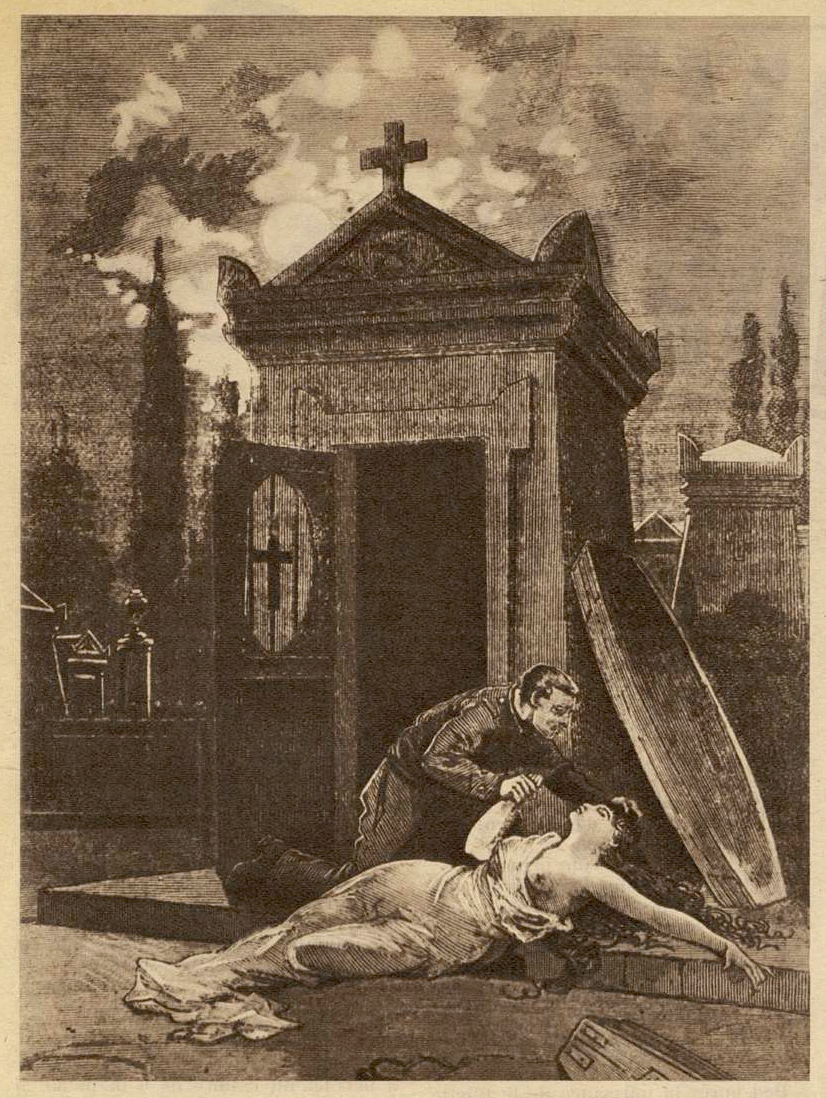
The term “necrophile” was coined by Belgian psychiatrist Joseph Guislain in 1850, during the psychiatric debate that followed the Bertrand trial. Later the term necrophilia describing a predilection for sex with a corpse, would be popularized by Richard von Krafft-Ebing in his 1886 tex, Psychopathia Sexualis (Psychopathy of Sex) one of the first clinical psychiatric texts describing several serial killer lust mutilation cases and other sexual disorders. The book coined the terms sadism and masochism, among others.
Bertrand's crimes shocked the world in the 1850s. They were so bizarre that they were not even described in French law. Bertrand was eventually charged under the provisions of Article 360 of the French Criminal Code, “Violation of a Grave or Tomb,” which was directed at preventing grave robbing for valuables and the theft of cadavers for sale to medical schools, a minor offense carrying a penalty of three months to one year in prison and/or a fine between 16 and 200 francs. Bertrand was sentenced to one year in prison. There are still today some states in the United States where necrophilia is not explicitly criminalized. For example, Louisiana, North Carolina, Oklahoma and Kansas criminalize oral and/or anal sex, but not sex with a corpse. Necrophiles in those states are charged with a broader non-sex crime category of offense such as "committing an indignity to a corpse."
During his trial Bertrand was described by his defence attorney as suffering from monomania--a 19th century psychiatric term describing a single-minded obsession or fantasy in otherwise a seemingly rational and healthy functional person. Serial killing was described clinically as "homicidal monomania."
A milestone in our modern understanding of the
psychopathology behind sexual serial murder came in 1886, two years
before the Jack the Ripper murders, when Austrian psychiatrist Richard
Krafft-Ebing (1840–1902) published Psychopathia Sexualis: Eine
Klinisch- Forensische Studie (Sexual Psychopathy: A
Clinical-Forensic Study). In this book he cataloged and categorized
a wide range of sexual crimes and disorders reported by psychiatrists
(or "alienists" as they were called in the nineteenth century).
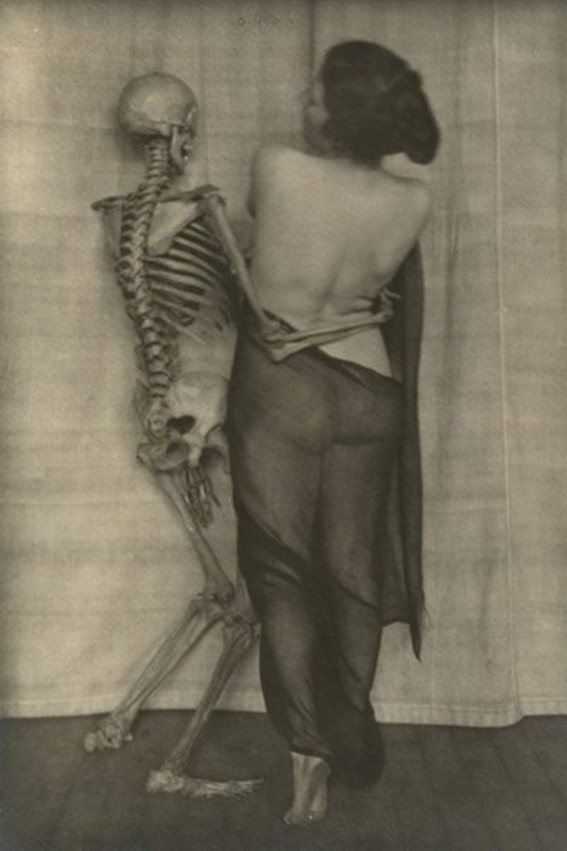
(Above) Necrophilia from necro- (Ancient Greek νεκρός (nekrós, “corpse, dead”)) + -philia (Ancient Greek φιλία (philía, “affection”))
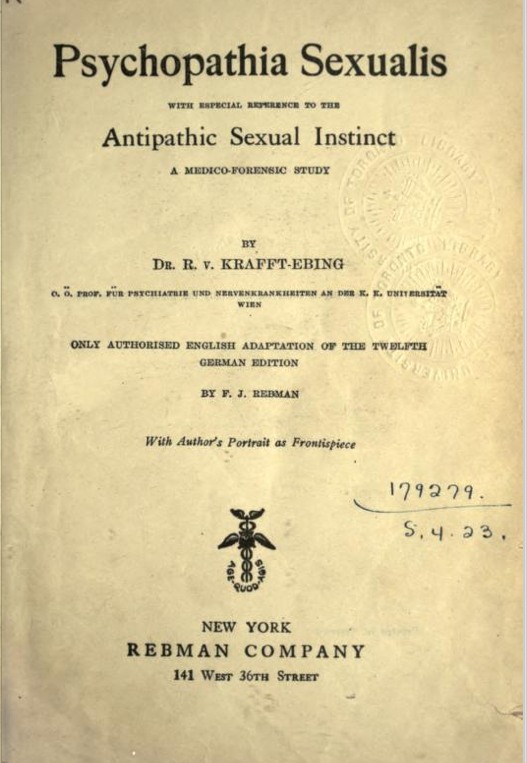
(Above) Krafft-Ebing described sexual sadism as the contradictory fusion of reproductive sexual impulses
(lust) and homicidal aggression paraesthesia (from the Greek
para, meaning “unusual,” and aesthesia, meaning “sensation”),
which he defined as a “perverse emotional coloring of sexual ideas.” In
addition to paraesthesia (the fusion of contradictory impulses),
other sexual disorders were rooted in hyperaesthesia (exaggerated
sexual impulses) or anaesthesia (an absence of sexual instincts).
Serial killing can be driven by a variety of different disorders resulting from paraesthesia or hyperaesthesia.
Today we call these disorders paraphilias (literally, “unusual loves”), or more commonly "sexual deviations", "kinks" or "perversions". There are dozens of different paraphilias, some of which are benign if engaged in with a consensual partner. Other paraphilias are more blatantly transgressive, dangerous and often criminal because their very premise is coercive or destructive.
Found almost exclusively in males, a paraphilia is an obsession for a very particular and statistically unusual type of sex, without which the person cannot otherwise be aroused. Paraphilias include specific fantasy scenarios, an erotic fixation on a particular nongenital part of the anatomy (partialism), the sexualization of inanimate objects such as shoes (fetishes) and a substitution of another act for the sexual one.
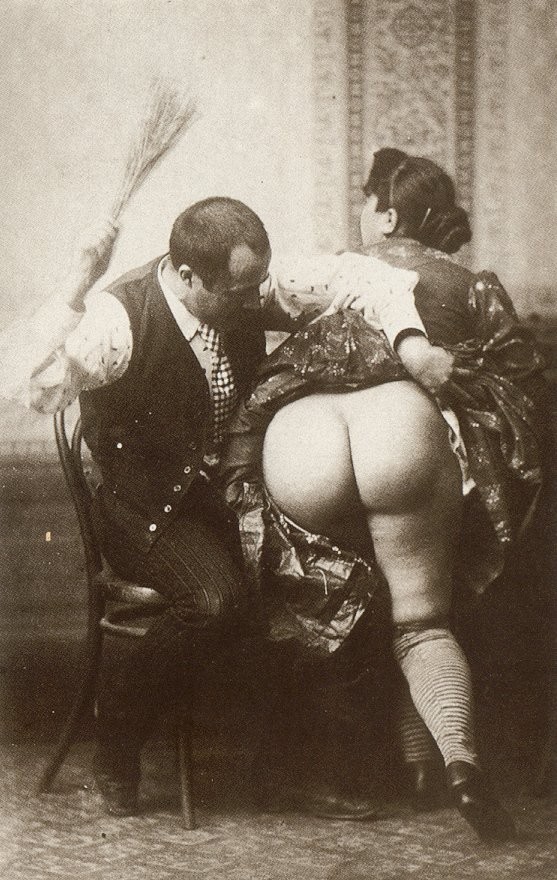
One of the most familiar paraphilias is the sexual pleasure in domination and inflicting pain, for which Krafft-Ebing coined the term “sadism,” inspired by the French libertine Marquis de Sade (1740– 1814), author of the explicitly sexually violent novel The One Hundred Twenty Days of Sodom.
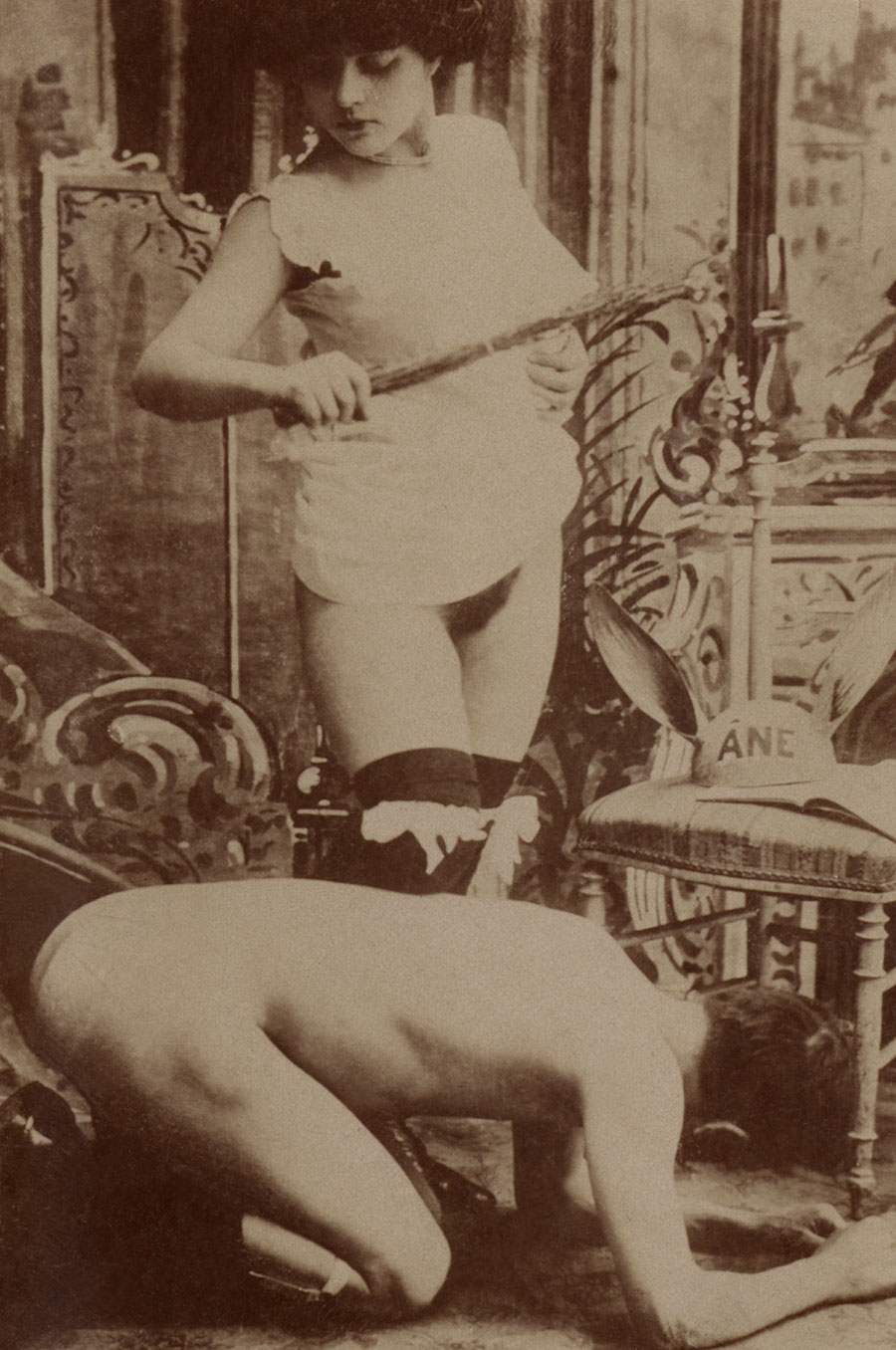
For those who crave to be dominated and subjected to pain, Krafft-Ebing coined the term masochism, derived from the figure of Leopold von Sacher- Masoch [1836–95]).
While Krafft-Ebing can be considered a pioneer in recognizing the pattern and nature of paraphilias, his vision of what constituted “normal” sexuality was firmly of its time. For him any sexuality “that does not correspond with the purpose of nature— i.e., propagation—must be regarded as perverse.” Despite his heteronormative values Krafft-Ebing did successfully identify a psychological process and catalog its various manifestations.